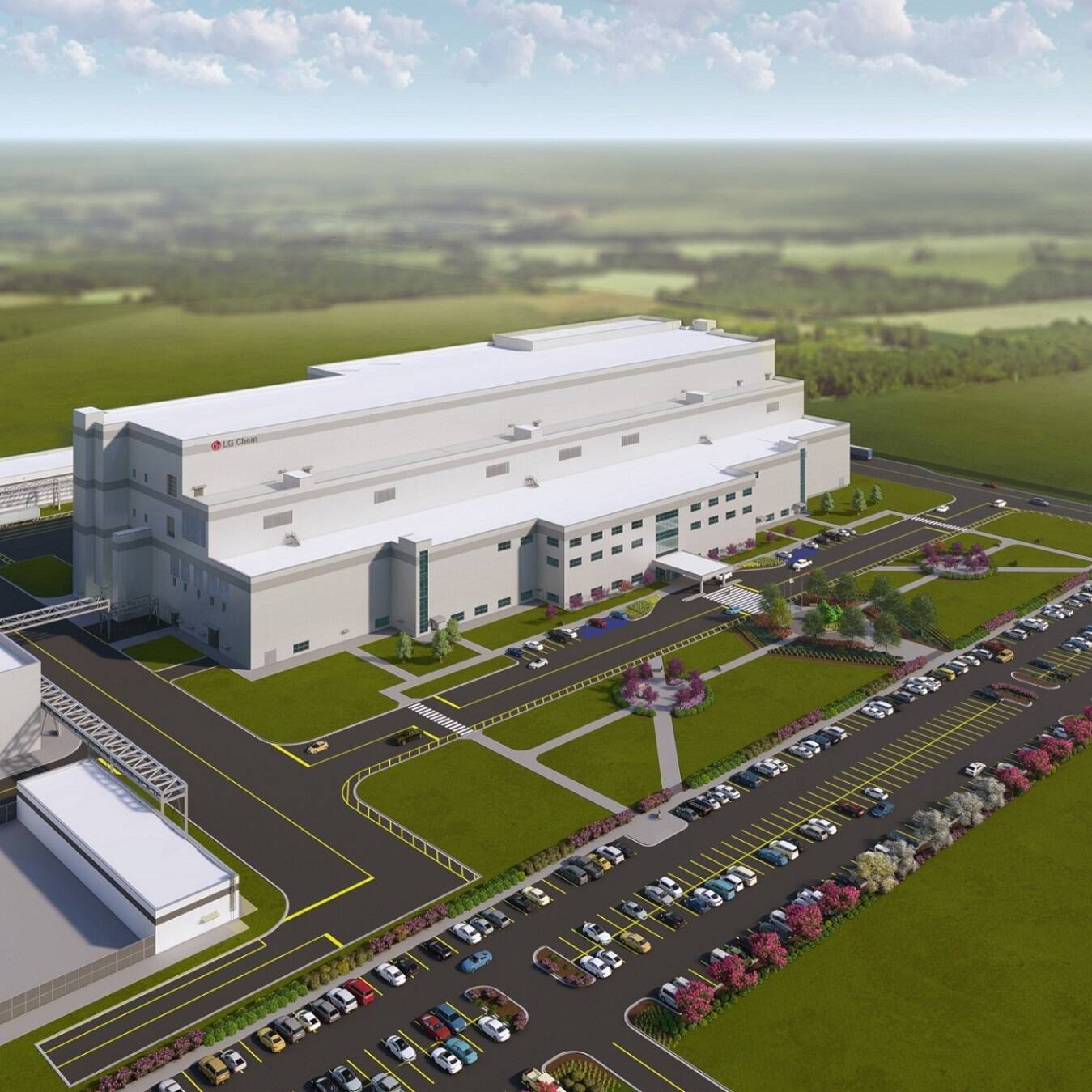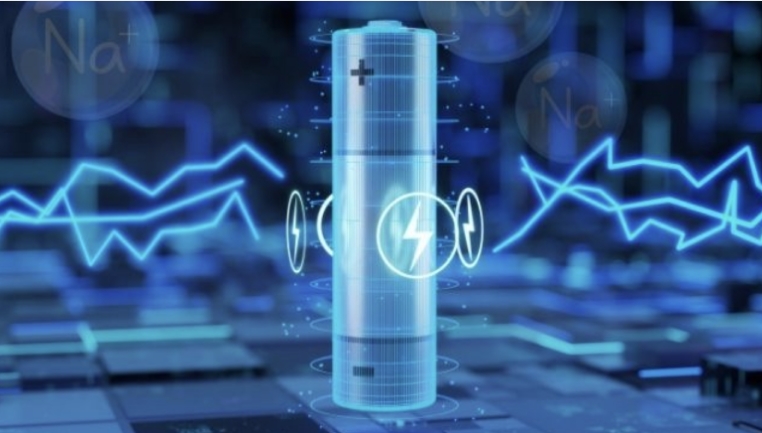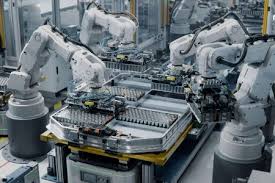It’s an offtake agreement for 100,000 tons of lithium carbonate, and the aim is to strengthen the critical mineral supply chain in the US.
“The lithium will be supplied from ExxonMobil’s planned project in the US to LG Chem’s cathode plant in Tennessee, which LG Chem expects to be the largest of its kind in the US,” Exxon writes.

LG Chem battery cathode factory concept in Tennessee.
“Building a lithium supply chain with ExxonMobil, one of the world’s largest energy companies, holds great significance,” said Shin Hak-cheol, CEO of LG Chem. “We will continue to strengthen LG Chem’s competitiveness in the global supply chain for critical minerals.”
“America needs secure domestic supply of critical minerals like lithium. ExxonMobil is proud to lead the way in establishing domestic lithium production, creating jobs, driving economic growth, and enhancing energy security here in the United States,” Dan Ammann, President, Low Carbon Solutions.
Let’s not make any mistake — I’m not at all happy with or accepting of Exxon’s decades of lies regarding global heating, climate change, and pollution. But it’s better to now have Exxon contributing something to the EV movement and using the resources and skills it has to provide lithium carbonate to battery companies.
“The planned production of Mobil™ Lithium will utilize Direct Lithium Extraction (DLE) technology, aligning seamlessly with ExxonMobil’s core competencies in subsurface exploration, drilling, and chemical processing,” Exxon adds. “This approach offers US EV battery manufacturers a domestically extracted and processed lithium supply option which is expected to have substantially lower environmental impacts, including approximately two-thirds less carbon intensity than hard rock mining.” Hmm. … Well, as weird as it feels, it’s better to have Exxon talking about making climate progress than trying to stop it.
The LG Chem factory mentioned above for battery cathodes started getting constructed in December 2023. The goal at full production capacity is to produce 60,000 tons of cathodes a year.







